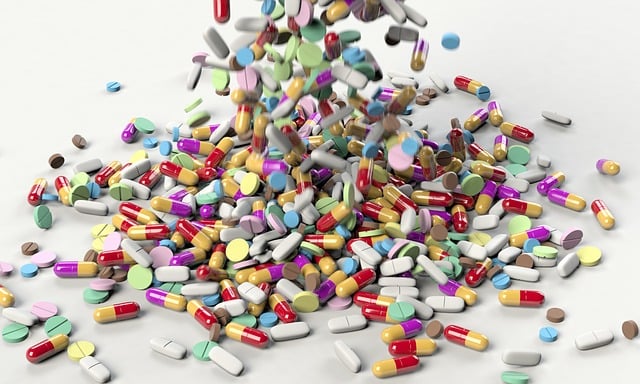
MDCAT1.com: Unlock the Power of Knowledge about Autonomic Nervous System (ANS) Drugs. Delve into the intricate world of medications influencing the ANS and its vital role in bodily functions. The autonomic nervous system (ANS) controls body’s involuntary physiological activities functions such as heart rate, blood pressure, digestion, and respiration rate.
Medications that act on the ANS can stimulate (agonists) or inhibit (antagonists) the sympathetic and parasympathetic divisions of the autonomic nervous system (ANS). Here are some quick states on how medications that influence the autonomic nervous system are pharmacologically classified.
Autonomic Nervous System Drugs
The nervous system is a complex network of cells called neurons that transmit signals between different parts of the body. It directs and coordinates a variety of body process. Enabling us to react to external stimuli, make choices, and engage with our surroundings. The Central Nervous System (CNS) and Peripheral Nervous System (PNS) are the two major components of the nervous system.
Autonomic Nervous System (ANS):
The ANS is a division of the PNS that regulates involuntary functions such as heart rate, digestion, and respiratory rate. It consists of two main branches: the sympathetic nervous system and the parasympathetic nervous system.
| Sympathetic Nervous System | Parasympathetic Nervous System | |
|---|---|---|
| Neuron origin | -Pre-ganglionic: Thoracic & Lumbar regions -Post-ganglionic: Various target organs | -Pre-ganglionic: Cranial & Sacral regions -Post-ganglionic: Target organs |
| Length of fibers | Short Pre-ganglionic Long Post-ganglionic | Long Pre-ganglionic Short Post-ganglionic |
| Location of ganglia | Close to spinal cord | Near effector organs |
| Distribution | Wide | Limited |
| Type of response | Diffuse | Separate / distinct |
| Functions | “Fight or flight” responses Increases heart rate Increases respiration rate Dilates pupils Inhibits digestion Enhances alertness and awareness Induces bronchodilation Decreased urine production Inhibits uterine contractions Relaxes bladder muscles Reduced sexual response Inhibits salivary gland secretion Decreased GIT motility and secretions Constricts blood vessels | Promotes “rest and digest” responses Decreases heart rate Decreases respiration rate Constricts pupils Stimulates digestion Enhances calming and relaxation Induces bronchoconstriction Increased urine production Stimulates uterine contractions Contracts bladder muscles Enhanced sexual response Stimulates salivary gland secretion Increased GIT motility and secretions Dilates blood vessels |
Click on topics for more details:
1-Parasympathetic Nervous System drugs
Cholinergic Antagonists
2- Sympathetic Nervous System drugs
Adrenergic Agonists
Adrenergic Antagonists